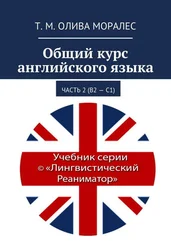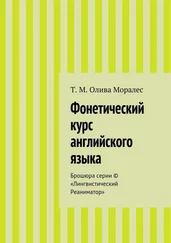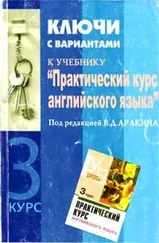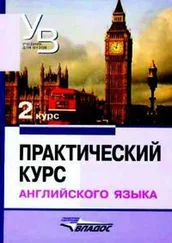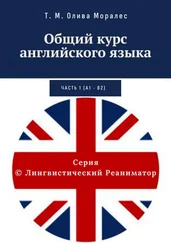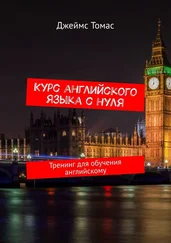Religion and Physical education, and opportunities for both practical and aesthetic activities. Most pupils should also study a foreign
language. A programme of development projects has been introduced to provide a more effective education with a practical slant for
lower-attaining pupils who do not benefit fully from existing courses.
Independent Schools.Most parents choose to send their children to free state schools financed from public funds but an in-
creasing number of secondary pupils attend fee-paying independent schools outside the school system. Many of these are boarding
schools, which provide accommodation for pupils during term time. There are about 2,500 independent schools educating more than
500,000 pupils of all ages. They charge fees, varying from about £ 100 a term for day pupils at nursery age to £ 2,000 a term for
senior boarding pupils.
Independent schools for older pupils— from 11, 12 or 13 to 18/19— include nearly 500. They are sometimes confusingly referred
to as "public schools" 4 in England and Wales. Today the term is becoming less frequently used but refers to the mainly boys' schools (which are increasingly admitting girls).
Preparatory schools prepare children for the Common Entrance Examination to senior schools. The normal age range is from
seven plus to 11, 12 or 13, but many of the schools now have pre-preparatory departments for younger children.
Examinations.Since 1988, most sixteen-year-olds have taken the General Certificate of Secondary Education (GCSE) in five, ten
or even fifteen subjects.
Pupils going on to higher education or professional training usually take 'A' level examinations in two or three subjects. These
require two more years of study after GCSE, either in the sixth form of a secondary school, or in a separate sixth-form college. Other
pupils may choose vocational subjects such as catering, tourism, secretarial or building skills. Subsidized courses in these subjects are
run at colleges of further education.
School-leavers with jobs sometimes take part-time vocational courses, on day-release from work. School-leavers without jobs get
no money from the government unless they join a youth training scheme, which provides a living allowance during two years of work
experience.
2. Study the text of Ex. 1 and the School System Scheme (p. 93) and get ready to answer these questions:
1. What stages of education are there in England and Wales? Which of them are compulsory? 2. In what institutions can chil dren
get pre-school education? 3. Do all primary and secondary schools in England and Wales belong to the state system? Don't you think
that independent schools sustain inequality in the field of education? 4. In what schools within the maintained system can children get
primary education? 5. At what age arfe pupils usually transferred to secondary schools? How is it done in Russia? 6. What secondary
schools maintained by the state do you know? Are all of them mixed? 7. What kind of education do grammar schools offer? 8. What
does the term "comprehensive" imply? When did comprehensive education become a national policy? What are the proclaimed
advantages of comprehensive schools? 9. What does the term "independent school" imply? What types of independent schools do you
know? Which are the most notable public schools? What do they train their pupils for? 10. What are the principal examinations taken
by secondary school pupils in England? What exams are taken at the age of 18?
3. Find in the text of Ex. 1 arguments to illustrate the following:
1. The system of education in England and Wales is complex and bewildering. 2. Administration of publicly provided schools is
rather decentralized. 3. Comprehensive schools are the most progressive secondary schools in England. 4. Sixth-form pupils get
rather narrow specialist education.
4. Summarize the text of Ex. 1 specifying the following items:
1.The system of education in England and Wales. General principles.
2.Pre-school education. Primary education.
3.Comprehensive system of secondary education vs selective system.
4.The sixth-form curricullum. Specialist study aimed at university entrance.
5. Use the Topical Vocabulary in answering the following questions:
1. Do many children in England and Wales attend pre-school institutions? Why? 2. Have all maintained schools equal opportu-
nities to provide the same level of education? Prove your point of view. 3. How can you prove that in spite of all changes and alter-
ations made during the recent years the system of education in England and Wales is still class-divided and selective? 4. What are the
British government's education policies? What do you think of the main aim of the publicly maintained system of education which is
4 The most notable public schools are Eton |'i:tn], Harrow ['haenu], Winchester ['wintjists], Rugby ['rAgbi], Oundle ['aundl], Uppingham ['Apioam],
Charterhouse ['tjaitshaus], These schools are exclusive boarding schools, which train their pupils for leading positions in society.
officially stated as follows: "...to give all children an education suited to their particular abilities." Do you think English educationists
have objective criteria to measure these abilities? 5. What's your opinion of the fact that administration of publicly provided schools
is not centralized? What do you think of schools' freedom to choose textbooks, include various subjects into the curriculum, specify
the material for learning, appoint and dismiss teachers? 6. What subjects are usually included in a primary school curriculum? What
is the aim of primary education? What methods are used in primary schools? 7. What types of secondary schools are there in Britain?
8. Why do you think most children in grammar schools are from rich families? 9. How can you account for the fact that the
percentage of those attending comprehensive schools is becoming a bit lower nowadays? 10. How can you account for the fact that
independent schools (especially public schools) which are not very numerous are the most significant? 11. What is your opinion of
the specialist preparation in the sixth form?
6.Give a brief talk on the main features of schooling in England and Wales. Use the Topical Vocabulary.
7.You are supposed to give a description of an imaginary primary or secondary school which is organized according to the English pattern. Don't
forget to give your imaginary school a name, as English schools have names not numbers. The names are often geographical (taken from the name
of the town, district, village or street in which the school is situated). Sometimes schools are named after a well-known person, e. g. Cedar Grove
School, Mary Hampden Junior School.
The following questions can be helpful:
1. What kind of school is it? What system of educational provision is in use locally for children aged 5 — 18?
2. What is the size of the school? (number of children of either sex, number of staff of either sex, age range of children, social
background of the school's catchment area if this is clear-cut)
3. What buildings and amenities does the school possess? (How many classrooms are there? Is there a hall, a library, specialist
rooms or areas, a staff room, playing fields? Are the buildings modern? Are there accommodation problems?)
4. How is teaching organized? (Streaming? Mixed ability grouping? Are classes generally taught as a single unit or is group
Читать дальше
![Владимир Аракин Практический курс английского языка 3 курс [calibre 2.43.0] обложка книги](/books/402486/vladimir-arakin-prakticheskij-kurs-anglijskogo-yazyk-cover.webp)
